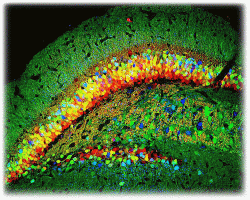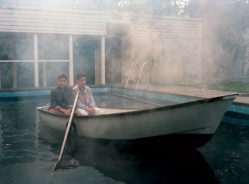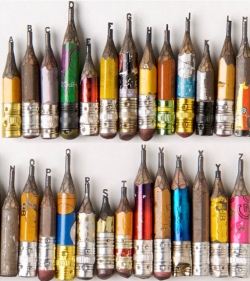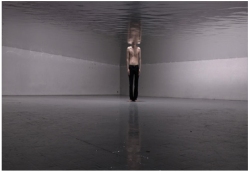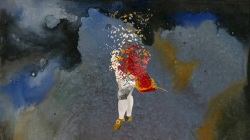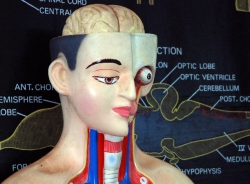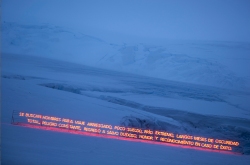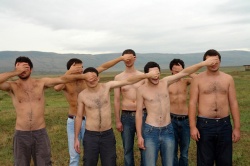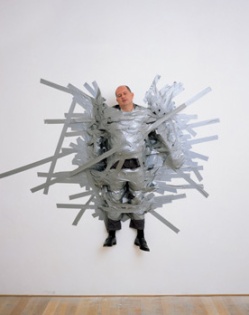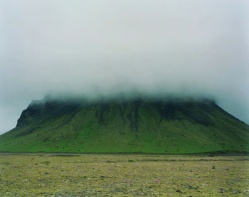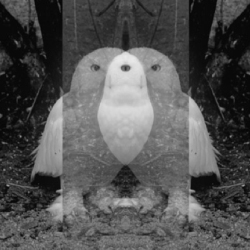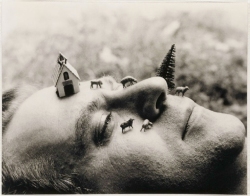Zach Rockhill (Instructor at Cooper Union, NY, Interdisciplinary and performance artist, http://ps1.org/studio-visit/artist/zach-rockhill)
Leralee Whittle (Dancer, Choreographer, Videographer, Kansas City, MO, http://www.leraleewhittle.com )
Zach Springer (Special Instructor at the Kansas City Art Institute, Kansas City, MO, sculptor and social practice artist http://buildsomethingtogether.com/)
Elysia Contreras (Teacher at Alta Vista Charter Middle School, Kansas City, MO, community and social practice artist http://www.elysiacontreras.com
Program Notes:
Zach Rockhill:
Synopsis
My section of the symposium will be in two parts. The first will be an in depth look at a single situation that I faced as a teacher and as an artist where I was asked to revisit an older artwork in the present moment. The ‘reinvention’ process of my looking back at Allan Kaprow’s ‘Stockroom’ was complex and necessitated my making several associative leaps in terms of organizing my thoughts around it.
Most importantly I decided to use Stanislav Lem’s novel ‘Solaris’ as the lens to look at the work through, with its extended meditation on the past and repetition of previously known forms – as well as its shared publication date with ‘Stockroom’ of 1961.
Following this formal introduction to some of the issues that I am invested in as a teacher the dancer, Leralee Whittle, and I are collaborating on designing a movement workshop. In it we will look to experience some of the questions, on an immediate and personal level, that I’ve posed in the opening comments. This will not be dance and there are no special pre-requisites for it.
Zach Springer & Elysia Contreras:
Zach Springer & Elysia Contreras PowerPoint presentation
Synopsis
We are artists who consider ourselves social practitioners, and in our work we have developed an understanding of education by engaging with community members through hosting a variety of workshops and other group engagements about artist and community driven interests. These projects have shaped our understanding of what educator facilitation means, and it’s potential as another form of pedagogy. We hope to take our perspective on facilitation as artists, and apply it to the greater context of education as a whole.
To kick off our first discussion we’re going to give an example of a project we developed last year: We were invited to host a series of craft based workshops in a traveling gallery called the Tin Can Studio. As we came to encounter and work with people who visited the gallery, our roles as the facilitators were clear from our modeling, instruction, and conversation. An exciting outcome we discovered was how in a very short amount of time, we were able to step away and watch the project grow in its own way as participants took over our roles and made the project their own. To consider this scenario in the context of education, we will raise the question of how this role as facilitator can be applied to education and how it could change depending on the learning experience or teaching method. We will also discuss the different kinds of relationships that unfold from facilitated experiences.
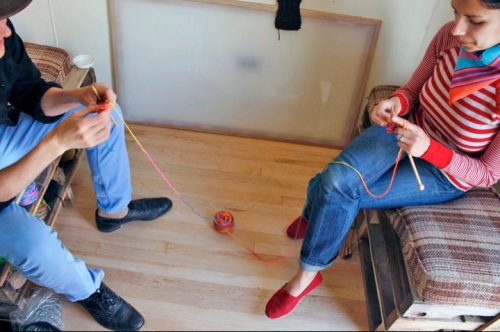
The basic idea behind Knit Together is that two people knit from opposite ends of the same ball of yarn and eventually meet each other in the middle to create a unique knit object.
Open honest communication is the topic of our second twenty-minute discussion. In this section we will compare an artist’s relationship with their work and audience to the relationship between students, teachers, schools, and communities. We will also discuss the value of an uncomfortable classroom, and whether or not it can be useful.
During our final section we want to discuss the idea of customization. As artists we develop an ability to customize- whether it’s to a particular audience, working with a specific type of material, working with a particular collaborative group, or making something for a specific place. We want to take this ability, and ask how we can as teachers, schools, and even communities adapt or customize to the interests, abilities, needs, and talents of our students.





